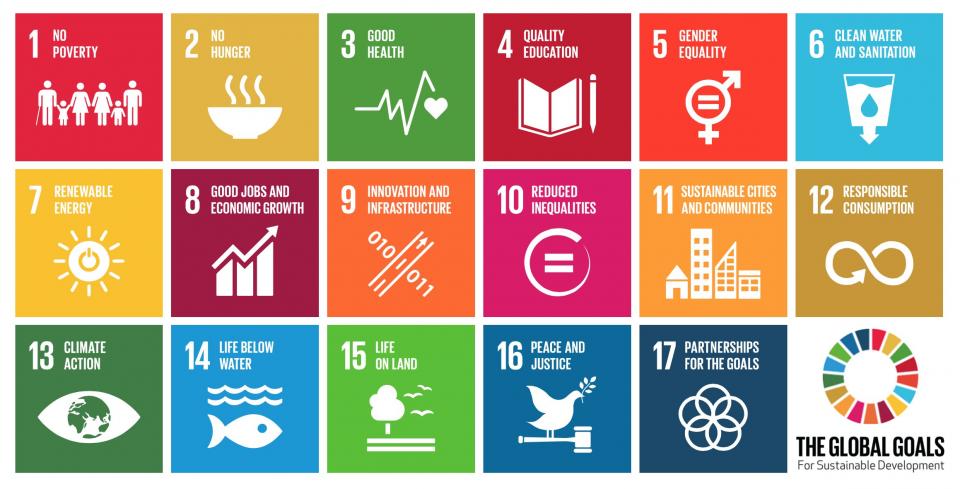The United Nations’ Sustainable Development Goals (SDGs) are important to me, but not something I encounter regularly in my daily work or personal life. As an urban and regional planning student, and an intern for the Sustainability Council, sustainability is one of my personal values that I hope is reflected in my future career path. When I heard that the Sustainability Council was pursuing the Times Higher Education Impact Rankings, I knew I had to get involved!
The Impact Rankings capture world universities’ success in advancing and delivering the United Nations’ SDGs. They are reportedly the only global performance tables that assess universities against the SDGs. The Sustainability Council and University of Alberta International collaborated in 2020 to pursue a submission to the 2021 IR. The project team submitted data for all 17 SDGs including 75 metrics and 248 indicators in total. Pursuing the Impact Rankings involved an immense amount of research and collection of data in order to submit sufficient evidence. This required reaching out to numerous faculty members, staff, and researchers across the U of A. More than 100 content experts and 50 faculties and units were engaged in the project.
Contributing towards the Impact Rankings as an intern for the Sustainability Council was an exciting opportunity as this was the U of A’s first submission. By working on the submission, I became very familiar with a number of SDGs that I had not previously engaged with on a detailed level. For instance, through research metrics and indicators for SDG 15 (Life on Land), I realized there are many ways that institutions can have an effect on land ecosystems. Such effects could involve anything from including local biodiversity into planning and development processes, to identifying IUCN Red Listed Species on campus. Familiarizing myself with each metric and indicator allowed me to have a better grasp on the actual breadth and depth of each SDG.
Not only did I expand my knowledge of the SDGs, but working on the Impact Rankings submission gave me project management experience. I learned how to efficiently coordinate the gathering and organization of data. As the project was deadline driven, time management and organizational skills were paramount to meeting the submission deadline. Although I already possessed time management and organization, I further refined and enhanced these skills through working on the Impact Rankings. This project offered great experiential learning, which will assist with pursuing my future career path.
Reflecting on my time spent on the project, I gained an appreciation for the immense amount of sustainability-related work being done on our campuses. Working on the Impact Rankings opened my eyes to the numerous events, workshops, and activities the U of A offers to students, faculty, and members of the public. The SDGs are integrated throughout campus life, but more needs to be done in terms of promoting the SDGs through greater education and awareness. SDG 17 (Partnerships for the Goals) demonstrates that universities must collaborate with local, regional, national, or even international partners to work towards researching, understanding, and achieving all 17 SDGs. I hope that through the Impact Rankings’ results, U of A students, faculty members, and research groups can attain greater knowledge of the SDGs and continue to spearhead initiatives that work towards tackling them.

About Sara
Sara Haidey is a born and raised Calgarian with a passion for sustainable urban planning and development. She holds a BA in Urban Studies from the University of Calgary and is currently a Masters in Urban and Regional Planning Student at the University of Alberta, graduating this June. Post graduation, Sara aspires to work as a professional planner and help contribute to the development of more sustainable communities.
